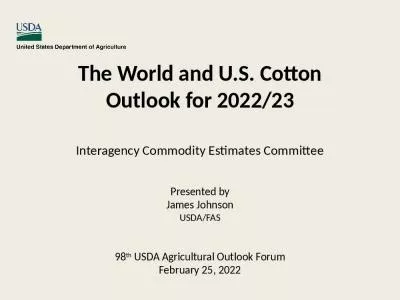PPT-Commodity Outlook: Corn and Soybeans Struggle to Find Strength
Author : tatiana-dople | Published Date : 2018-11-10
Agriculture and Policy Outlook Conference Ben Brown November 2 2018 The Early Years A photographic 12 months 2018 A Tale of Two Halves Source USDAAgricultural
Presentation Embed Code
Download Presentation
Download Presentation The PPT/PDF document "Commodity Outlook: Corn and Soybeans St..." is the property of its rightful owner. Permission is granted to download and print the materials on this website for personal, non-commercial use only, and to display it on your personal computer provided you do not modify the materials and that you retain all copyright notices contained in the materials. By downloading content from our website, you accept the terms of this agreement.
Commodity Outlook: Corn and Soybeans Struggle to Find Strength: Transcript
Download Rules Of Document
"Commodity Outlook: Corn and Soybeans Struggle to Find Strength"The content belongs to its owner. You may download and print it for personal use, without modification, and keep all copyright notices. By downloading, you agree to these terms.
Related Documents

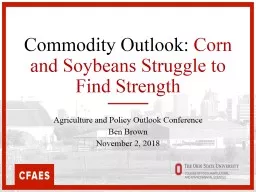
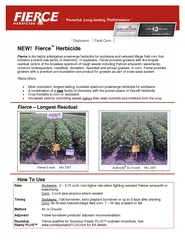



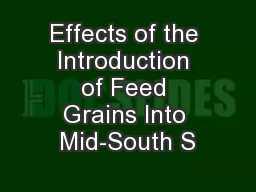

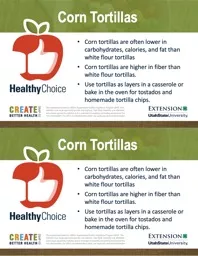

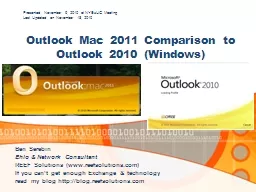

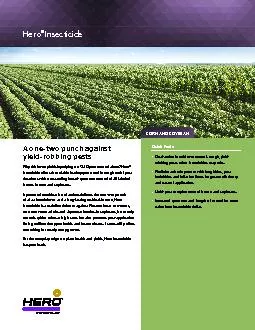
![Download Book [PDF] Texas vs. California: A History of Their Struggle for the Future of](https://thumbs.docslides.com/1019120/download-book-pdf-texas-vs-california-a-history-of-their-struggle-for-the-future-of-america-a.jpg)
